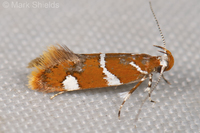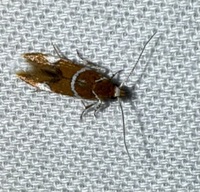
| Recorded by: Marilyn Westphal on 2025-10-15
Henderson Co.
Comment: | 
| Recorded by: Jim Petranka on 2025-10-13
Madison Co.
Comment: |
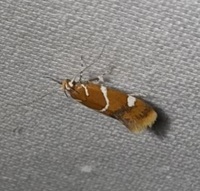
| Recorded by: Marilyn Westphal on 2025-10-12
Henderson Co.
Comment: | 
| Recorded by: Marilyn Westphal on 2025-10-08
Henderson Co.
Comment: |
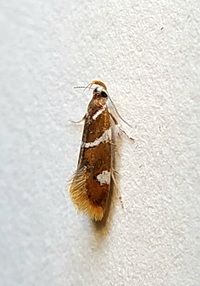
| Recorded by: Mark Basinger on 2025-10-02
Richmond Co.
Comment: | 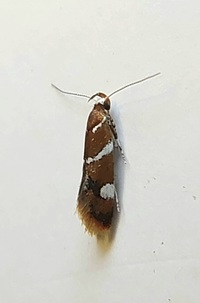
| Recorded by: Mark Basinger on 2025-09-28
Brunswick Co.
Comment: |
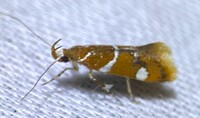
| Recorded by: Dean Furbish and Joy Wiggins on 2025-09-19
Wake Co.
Comment: | 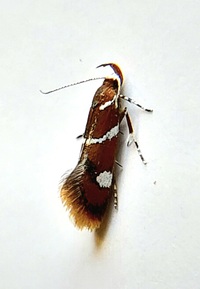
| Recorded by: Mark Basinger on 2025-09-06
Brunswick Co.
Comment: |
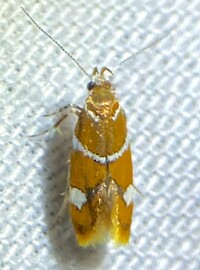
| Recorded by: Dean Furbish and Joy Wiggins on 2025-09-02
Wake Co.
Comment: | 
| Recorded by: R. Newman on 2025-08-28
Carteret Co.
Comment: |

| Recorded by: Dean Furbish on 2025-08-25
Wake Co.
Comment: | 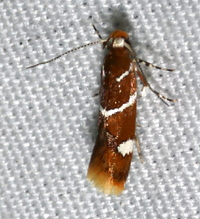
| Recorded by: David George, Kevin Bischof, Rich Teper, Patrick Coin on 2025-08-16
Transylvania Co.
Comment: |
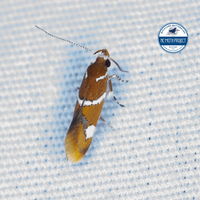
| Recorded by: Lior S. Carlson, Dean Furbish, Randy Emmitt on 2025-08-12
Alamance Co.
Comment: | 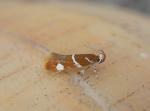
| Recorded by: R. Newman on 2025-08-09
Carteret Co.
Comment: |
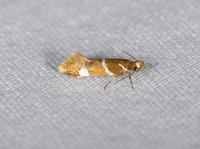
| Recorded by: Jim Petranka, Becky Elkin and Marilyn Westphal. on 2025-08-09
Henderson Co.
Comment: | 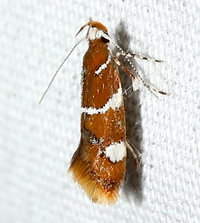
| Recorded by: David George, Dale Morgan, Patrick Coin, Julie Tuttle, Becky Watkins, et al. on 2025-07-26
Orange Co.
Comment: |

| Recorded by: Mark Basinger on 2025-07-22
Brunswick Co.
Comment: | 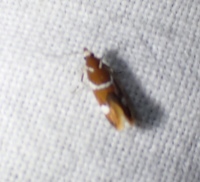
| Recorded by: Sarah Toner on 2025-07-22
Tyrrell Co.
Comment: iNat record - https://www.inaturalist.org/observations/300571812 |
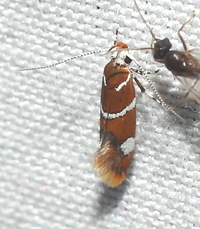
| Recorded by: David George, Jeff Niznik, Rob Van Epps, Kevin Metcalf on 2025-07-20
Richmond Co.
Comment: | 
| Recorded by: Mark Basinger on 2025-07-08
Brunswick Co.
Comment: |
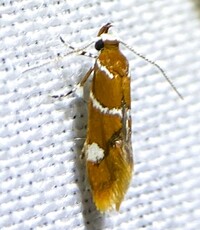
| Recorded by: Dean Furbish on 2025-07-03
Wake Co.
Comment: | 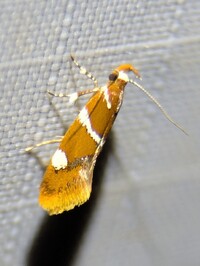
| Recorded by: Melody McMichael on 2025-06-26
Forsyth Co.
Comment: |

| Recorded by: K. Bischof on 2025-06-21
Transylvania Co.
Comment: | 
| Recorded by: Larry Chen, Sarah Toner on 2025-06-07
Dare Co.
Comment: |

| Recorded by: Mark Basinger on 2025-05-30
Brunswick Co.
Comment: | 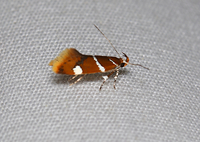
| Recorded by: Jim Petranka and Becky Elkin on 2025-05-23
Richmond Co.
Comment: |
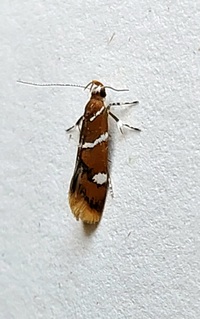
| Recorded by: Mark Basinger on 2025-05-21
Wilson Co.
Comment: | 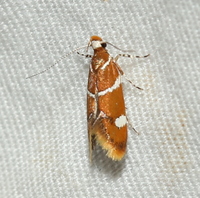
| Recorded by: David George on 2025-05-17
Durham Co.
Comment: |

| Recorded by: David George on 2025-05-16
Durham Co.
Comment: | 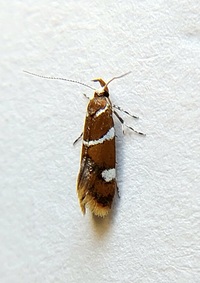
| Recorded by: Mark Basinger on 2025-05-15
Brunswick Co.
Comment: |
|

 »
»